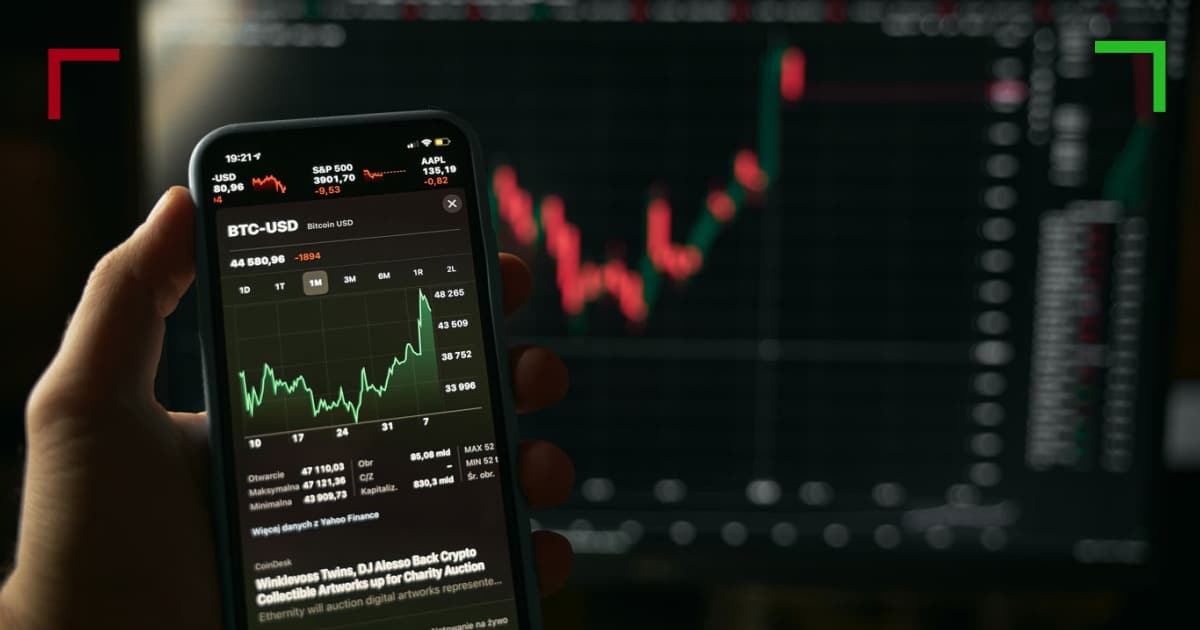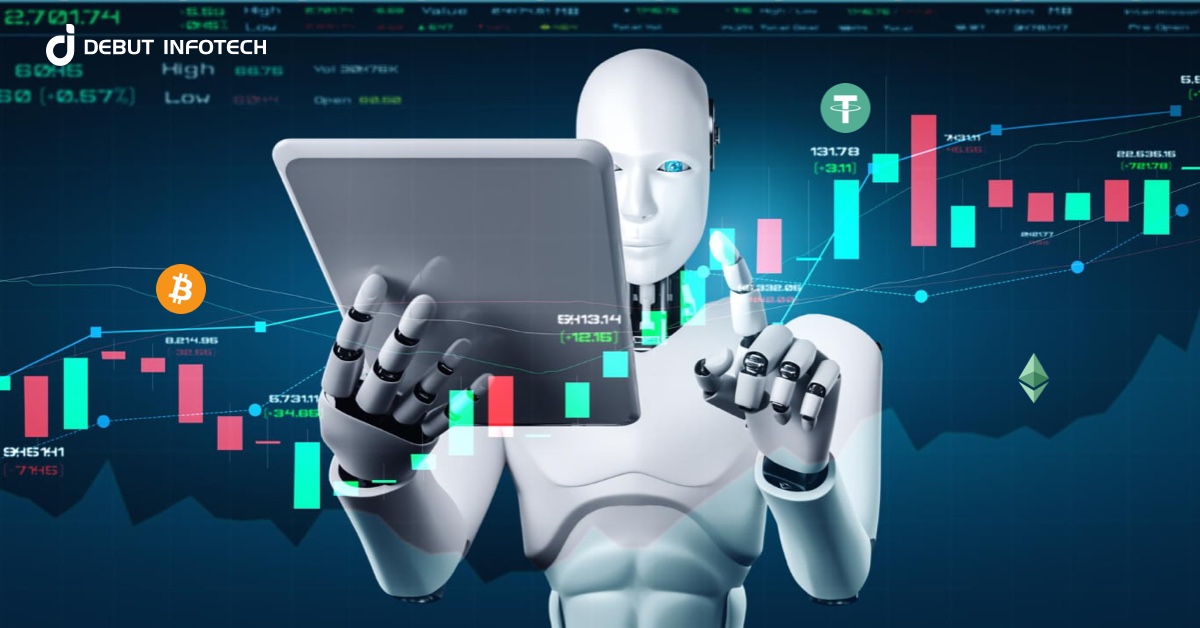Understanding Crypto Trading High-Frequency A Comprehensive Guide

Understanding Crypto Trading High-Frequency: A Comprehensive Guide
High-frequency trading (HFT) in the cryptocurrency market has emerged as a significant area of interest for traders, regulators, and investors alike. This innovative trading approach utilizes powerful computer algorithms to execute a large number of transactions at incredibly high speeds. By capitalizing on small price discrepancies and market inefficiencies, high-frequency traders aim to generate profits within fractions of a second. The rise of digital assets has catapulted this trading style into a new era, bridging the gap between traditional finance and cutting-edge technology. If you wish to delve deeper into the impact of HFT on cryptocurrency, insights from industry experts, like Crypto Trading High-Frequency https://archive.globalcoinresearch.com/2019/01/01/joyce-yang-founder-of-global-coin-research-to-speak-columbia-universitys-blockchain-conference-ledgerfest/, can provide valuable perspectives.
What is High-Frequency Trading?
High-frequency trading involves the rapid execution of numerous trades in a short amount of time, often within milliseconds. Through complex algorithms, specialized software, and access to advanced technology, HFT firms can analyze vast amounts of data and execute trades based on real-time market conditions. This trading style is characterized by high turnover rates and a strong reliance on automated systems, minimizing the need for human intervention.
The Mechanics of High-Frequency Trading
The backbone of HFT lies in algorithmic trading strategies that process large datasets to identify trading signals. These algorithms analyze price trends, volume changes, and news events to make predictions about future market movements. Once a trading signal is detected, the system sends orders to the exchange almost instantaneously, allowing traders to seize opportunities before the market can adjust to the new information.
Key Components of HFT
- Speed: HFT relies on ultra-low latency systems to execute trades in milliseconds. Co-location, where traders place their servers near exchange servers, is a common practice to minimize latency.
- Volume: HFT firms often execute thousands of trades each day, focusing on numerous small profit opportunities rather than large-scale investments.
- Data Analysis: Big data analytics plays a crucial role in identifying trading signals and trends. HFT systems analyze market data, social media sentiments, and other information sources.
Strategies in High-Frequency Trading

Traders employ various strategies in HFT, tailored to specific market conditions and objectives. Some common strategies include:
Market Making
Market makers provide liquidity to the markets by continuously buying and selling assets at competitive prices. They profit from the bid-ask spread while also hedging their risks through diverse trading pairs.
Arbitrage
This strategy exploits price discrepancies that can occur across different exchanges. When an asset is priced lower on one exchange than its price on another, an HFT firm can simultaneously buy and sell to lock in profits.
Trend Following
Some HFT strategies involve capitalizing on short-lived trends in the market. Traders analyze price movements to identify bullish or bearish momentum and execute trades accordingly.
The Advantages of High-Frequency Trading
HFT offers several advantages that attract traders to this fast-paced environment:

- Increased Liquidity: HFT firms contribute to market liquidity, which can lead to tighter bid-ask spreads and improved price discovery.
- Lower Transaction Costs: Through high trade volumes, HFT traders can benefit from reduced transaction costs per trade.
- Opportunistic Trading: HFT allows traders to capitalize on quick and transient market moves, enhancing their profit potential.
The Risks of High-Frequency Trading
Despite its advantages, HFT is not without risks:
- Market Manipulation: HFT has been associated with practices such as quote stuffing and flash crashes, where market prices can be distorted, leading to unintended consequences.
- Technological Risks: The reliance on technology means that any system malfunctions or outages can result in significant losses.
- Regulatory Scrutiny: As HFT has gained prominence, it has come under increasing regulatory scrutiny due to its potential impacts on market fairness and stability.
The Future of High-Frequency Trading in Crypto
The crypto market continues to evolve, presenting new opportunities and challenges for high-frequency traders. As institutional players enter the space, the impact of HFT could become even more pronounced:
- Innovation in Trading Infrastructure: The growth of decentralized exchanges (DEXs) and improvements in blockchain technology could alter the dynamics of HFT, allowing for even more innovative strategies to emerge.
- Increased Competition: As more firms adopt HFT strategies in crypto, competition will intensify, leading to pressure on profit margins and potential market shifts.
Conclusion
High-frequency trading represents a fascinating intersection of technology, finance, and the ever-changing landscape of digital assets. As the crypto market matures and technology advances, HFT will likely continue to play a pivotal role, shaping trading strategies and impacting market dynamics. Understanding both the potential benefits and risks associated with HFT is essential for anyone looking to navigate this complex and fast-paced trading environment.



